How to Rig Your Kayak for Fishing Success
Kayak fishing combines the serenity of paddling with the thrill of landing the perfect catch. Unlike traditional fishing boats, kayaks offer unparalleled access to shallow waters, mangrove tunnels, and remote fishing spots while maintaining a stealthy approach that won’t spook fish. However, transforming a standard kayak into a fishing powerhouse requires thoughtful customization and organization. The right rigging not only enhances your fishing experience but also ensures safety and efficiency on the water. Whether you’re a seasoned angler looking to refine your setup or a newcomer eager to join the growing kayak fishing community, this guide will walk you through essential rigging strategies to maximize your success on your next fishing adventure.
Choosing the Right Fishing Kayak
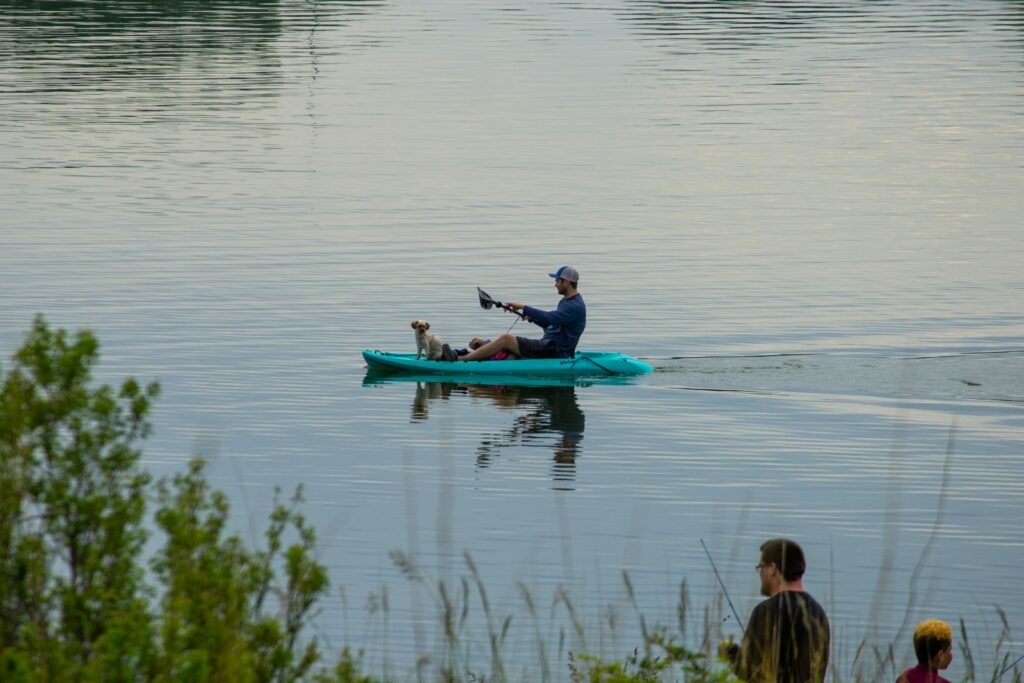
Before diving into rigging details, selecting the appropriate kayak foundation is crucial for fishing success. Fishing-specific kayaks typically feature wider hulls for enhanced stability when casting and reeling in fish, along with higher weight capacities to accommodate your gear. Sit-on-top models remain the most popular choice among anglers, offering better accessibility to gear and easier entry and exit compared to sit-inside designs. Consider your primary fishing environment—ocean kayaks with pronounced keels track better in open water, while shorter, more maneuverable crafts excel in rivers and tight spaces. Additionally, pedal-driven kayaks provide hands-free propulsion that allows you to maintain position while fishing, though they come with a higher price tag and weight penalty compared to paddle-only models.
Essential Rod Holders and Placement
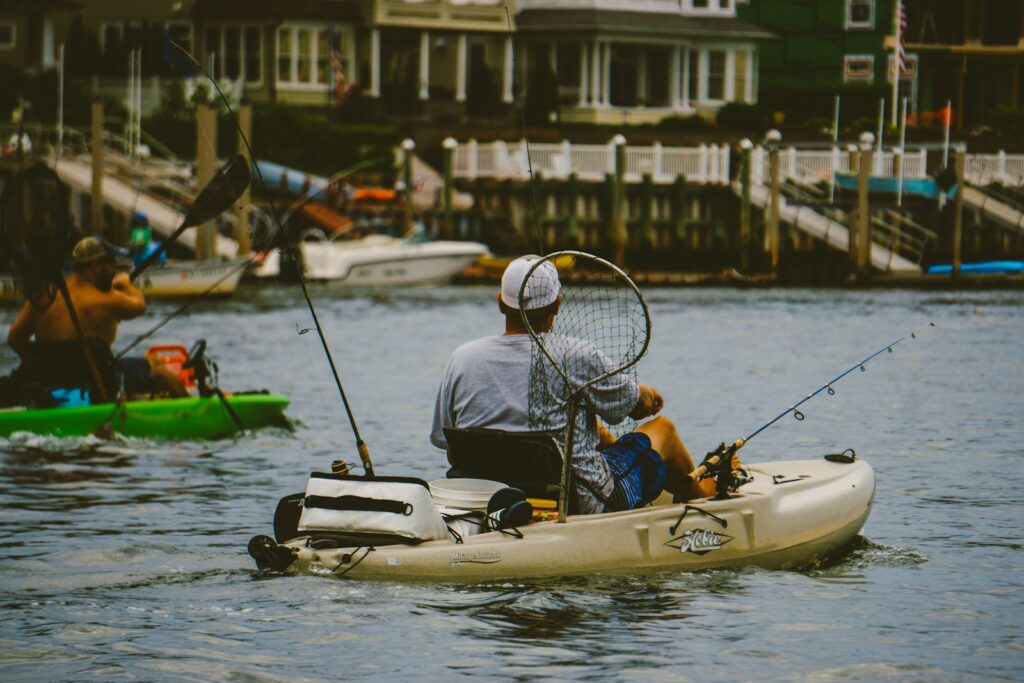
Rod holders form the backbone of any fishing kayak setup, providing secure storage while paddling and enabling hands-free fishing techniques. Flush-mounted rod holders, typically installed behind the seat, offer secure transportation but limited adjustability. Adjustable track-mounted holders provide superior versatility, allowing you to position rods at various angles and locations around your kayak. For trolling setups, consider installing rod holders at 30-45 degree angles behind your seat, while vertical holders near your cockpit facilitate quick access when sight fishing. Most serious kayak anglers employ a combination of 3-4 rod holders—typically two behind for trolling and storage, plus one or two adjustable holders within arm’s reach for active fishing. Remember that proper placement should never interfere with your paddling stroke or risk entanglement during fish landing scenarios.
Installing Track Systems for Modularity
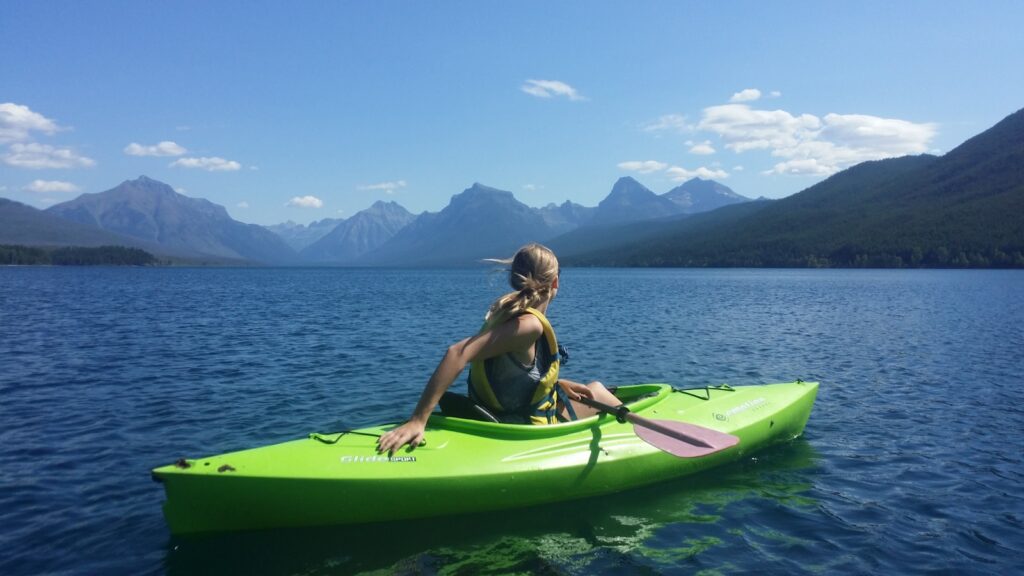
Track systems represent one of the most valuable upgrades for any fishing kayak, creating a foundation for modular customization that grows with your needs. These aluminum or composite rails mount to various locations on your kayak and accept a wide range of accessories that can be added, removed, or repositioned without drilling additional holes. Most anglers install tracks along both gunwales (sides), behind the seat, and sometimes on the center console area if available. The beauty of track systems lies in their versatility—the same tracks can mount rod holders, fish finders, camera equipment, tackle storage, and even ancillary propulsion devices.
When installing tracks, use marine-grade stainless steel hardware with rubber washers, applying silicone sealant to maintain hull integrity. For maximum functionality, consider combination tracks that accept multiple accessory types, including both the common T-bolt style and GearTrac compatible accessories.
Fish Finder Installation and Power Solutions
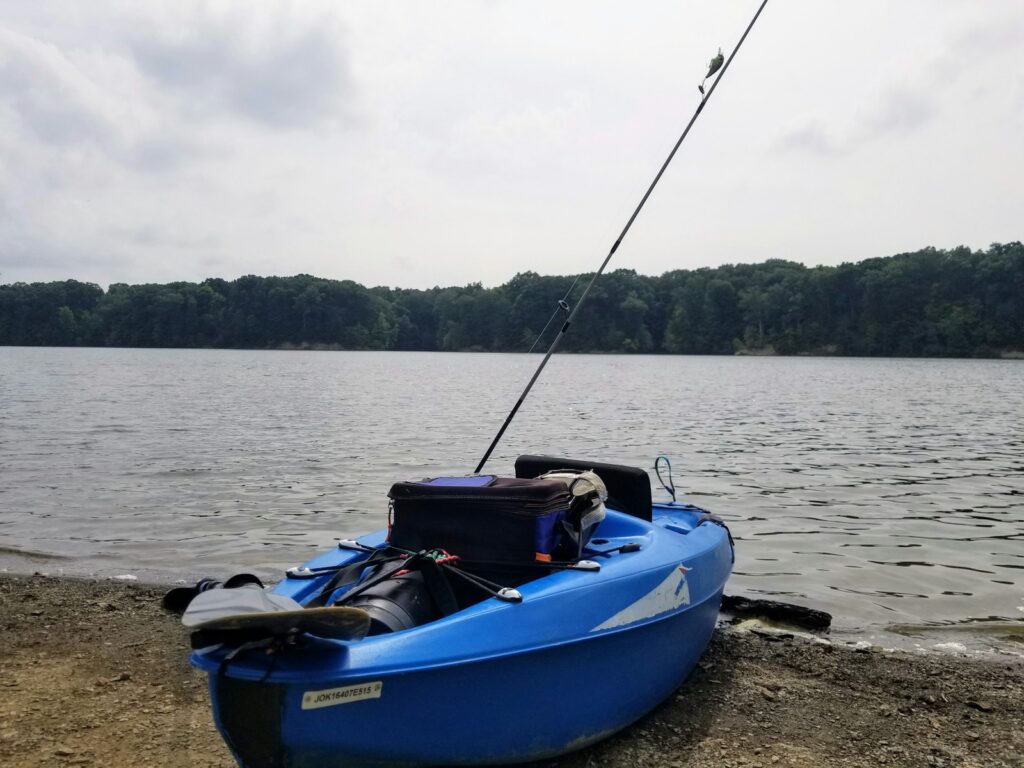
Modern fish finders dramatically increase fishing efficiency by revealing underwater structure, temperature breaks, and sometimes the fish themselves. Most kayak anglers opt for compact units with 4-7 inch screens that balance visibility with power consumption. Mounting options include track-mounted arms that allow the display to swing away during transport, fixed mounts on center consoles, or even custom dashboard installations on higher-end fishing kayaks. Transducer installation presents unique challenges on kayaks—through-hull installations provide the cleanest signal but require hull penetration, while side-scanning units can be mounted inside the hull of certain kayaks using marine goop as a coupling medium.
Power management requires special consideration in the kayak environment, with most anglers using 12V sealed lead-acid or lithium batteries housed in waterproof containers and connected via marine-grade wiring with appropriate fuse protection. For extended trips, consider supplemental charging solutions like portable solar panels that can maintain battery levels during multi-day expeditions.
Anchor Systems and Position Control
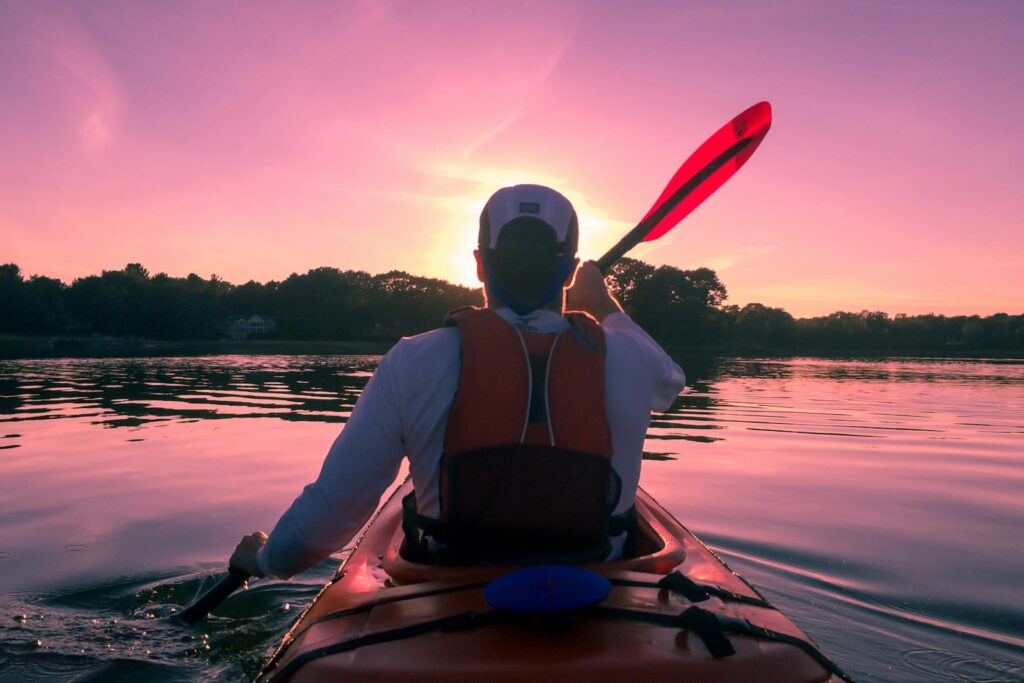
Maintaining position while fishing from a kayak can be challenging but is crucial for targeting structure or fishing in current. A complete anchor system consists of a 1.5-3 pound folding grapnel or mushroom anchor, 50-75 feet of paracord or marine rope, and an anchor trolley system that allows you to adjust your orientation relative to current or wind without relocating the anchor. The anchor trolley—a pulley system running the length of your kayak—represents one of the most valuable additions to any fishing setup, enabling you to position your kayak bow into current for stability or parallel to structure for optimal casting.
For shallow water environments, specialized stake-out poles that pin through scupper holes can provide silent anchoring that won’t spook nearby fish. Many experienced kayak anglers also incorporate drift chutes or sea anchors that create drag in open water, slowing drift speeds to maintain productive fishing paces without setting a physical anchor.
Tackle Storage Solutions
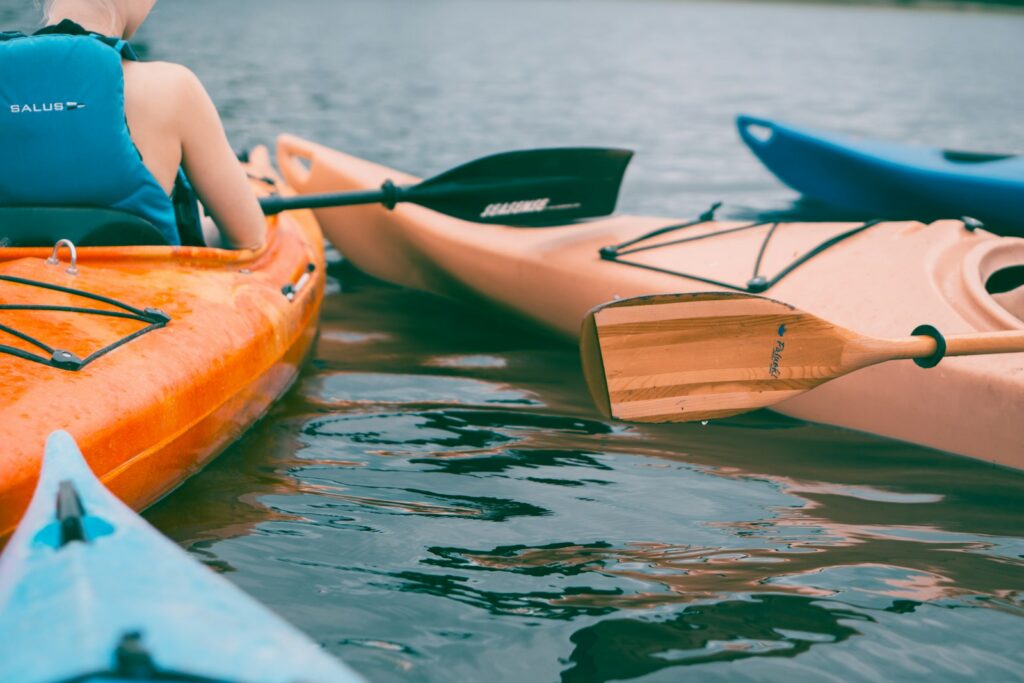
Efficient tackle organization transforms a frustrating fumbling experience into seamless fishing productivity on the water. Unlike boats with expansive storage compartments, kayaks require strategic organization systems that balance accessibility with protection from the elements. Waterproof tackle boxes sized to fit in front hatches or behind seats provide essential protection, while quick-access options like seat-back organizers keep frequently used lures within reach. Many kayak anglers mount rod-holder compatible tackle stations that combine terminal tackle storage with workspace for rigging.
Specialized kayak crates that fit in rear tank wells have evolved significantly, now featuring customizable rod holders, waterproof compartments, and modular storage options. Consider dedicating different zones of your kayak to specific purposes—terminal tackle within arm’s reach, backup lures in watertight storage, and specialized equipment in designated compartments—creating an intuitive system that minimizes movement while maximizing fishing time.
Paddle and Rod Leashes

Nothing ends a fishing trip faster than watching essential equipment drift away in current or sink to the bottom. A comprehensive leashing system prevents these disasters by securing your most valuable gear to the kayak. Coiled paddle leashes provide the security of connection while minimizing tangling potential during paddling or fishing activities. Rod leashes should feature quick-release connections that prevent equipment loss while allowing immediate disconnection when fighting larger fish that might circle the kayak. When rigging leashes, establish connection points that won’t interfere with paddling motion or fishing activities, typically using existing deck fittings or dedicated pad eyes installed for this purpose.
Many experienced anglers employ floating lanyards for smaller accessories like pliers or fish grips, keeping these tools accessible without the entanglement risk of longer cord systems. Remember that while leashes provide security, an overabundance of connections can create hazardous entanglement scenarios—prioritize leashing irreplaceable or safety-critical equipment while maintaining a clean deck.
Fish Storage and Cooler Options
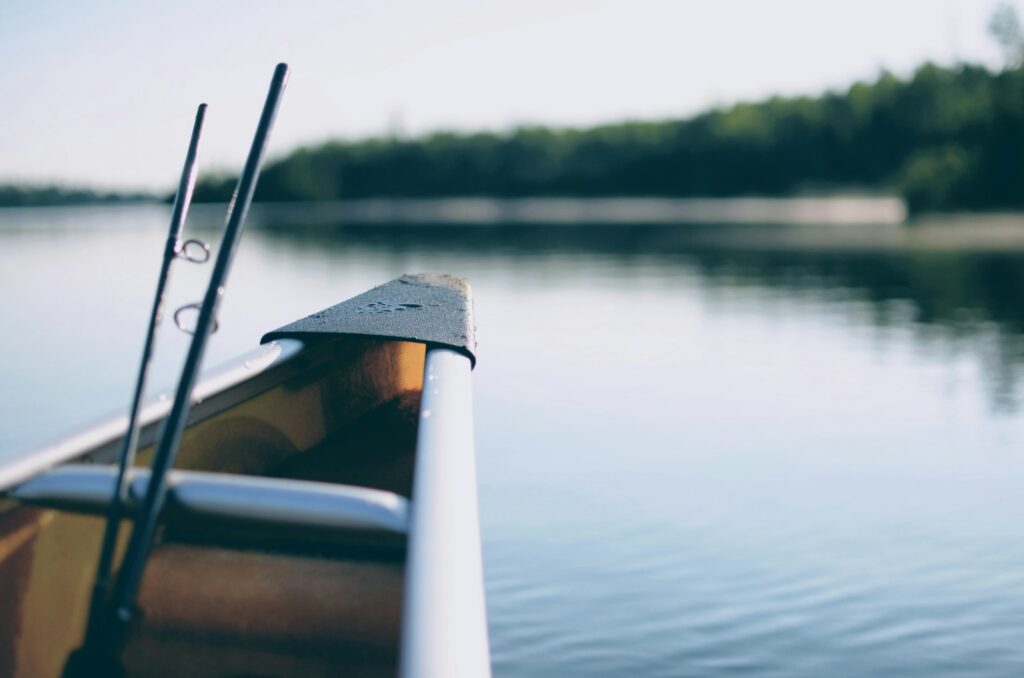
Properly storing your catch preserves both the quality of the fish and the cleanliness of your kayak. For catch-and-release anglers, consider installing a floating fish basket that can keep fish alive alongside your kayak until measurement and release. If harvesting fish, insulated fish bags provide an excellent balance of space efficiency and temperature control, fitting into front hatches or tank wells without the bulk of traditional coolers. Purpose-built kayak coolers designed to fit standard tank well dimensions offer superior ice retention compared to soft options, though they add significant weight.
Many innovative kayak anglers have adopted insulated fish bags with frozen water bottles instead of loose ice, reducing the inevitable slush that accumulates throughout the day. Regardless of your storage method, position it for optimal weight distribution—centrally located when possible—to maintain proper kayak handling and stability when loaded with your catch.
Comfort Upgrades for All-Day Fishing
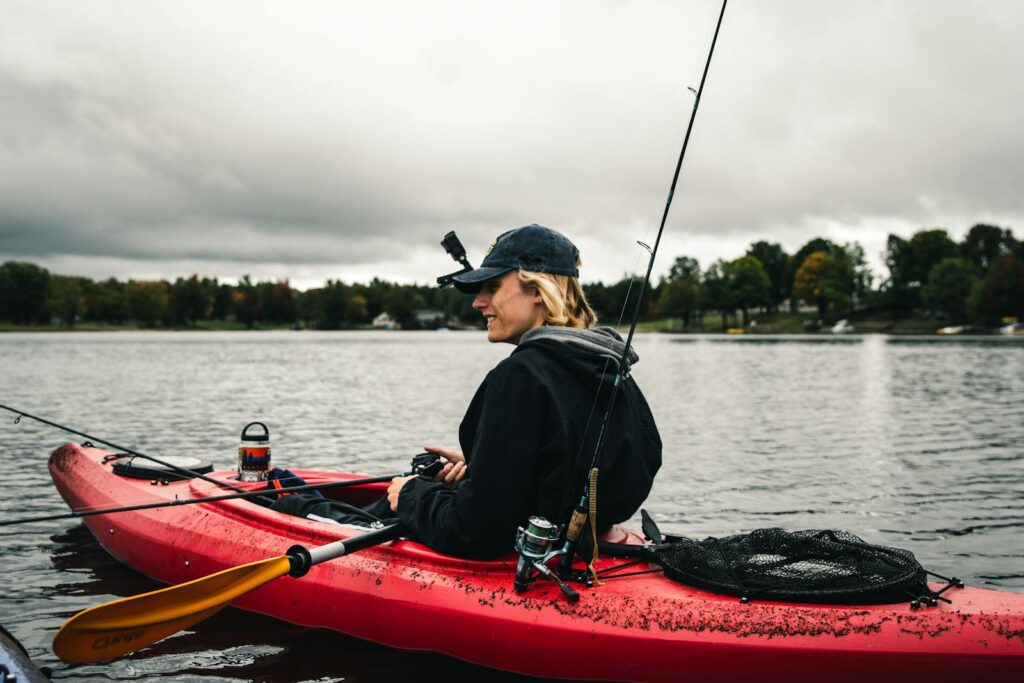
Extended fishing sessions demand comfort enhancements that prevent fatigue and keep you focused on fishing rather than discomfort. Aftermarket seating represents the single most impactful comfort upgrade, with elevated frame seats providing superior support and comfort compared to stock options while improving visibility for sight fishing. Adjustable foot braces ensure proper paddling posture regardless of leg length, preventing lower back strain during longer outings. For sun protection, consider installing adjustable umbrella systems that mount to tracks or dedicated holders, providing movable shade that can be positioned as the sun shifts throughout the day.
Padding key contact points like thigh hooks and center consoles with closed-cell foam prevents bruising during active fishing and rougher water conditions. Many serious kayak anglers also add standing platforms with non-slip padding, allowing them to alternate between seated and standing positions to reduce stiffness while gaining better casting leverage and sight fishing visibility.
Rigging for Specific Fishing Styles
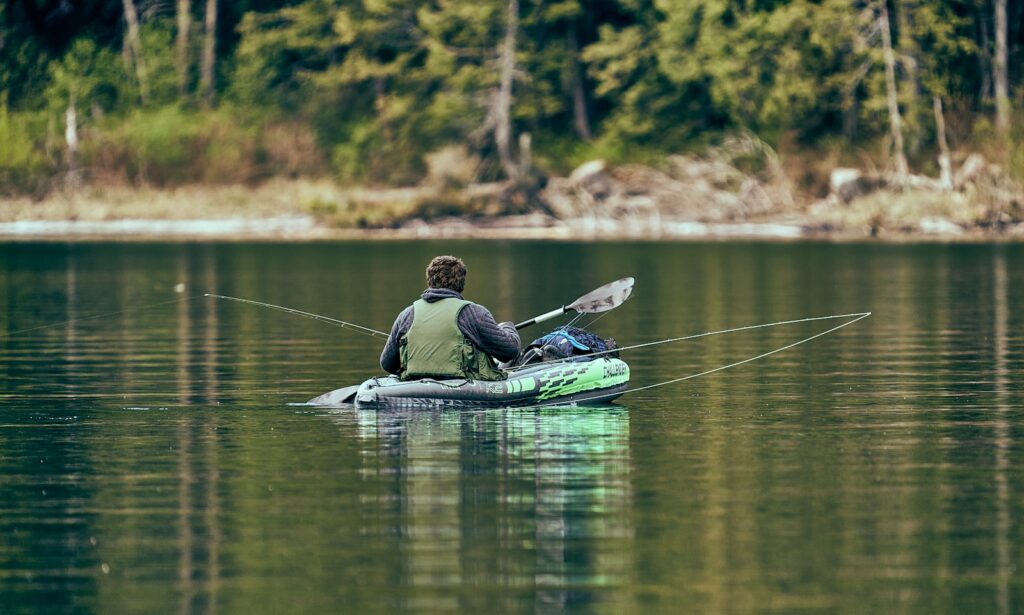
Different fishing techniques demand specialized rigging considerations to maximize effectiveness. Trolling setups benefit from rod holders positioned at precise angles behind the seat, with integrated line management systems that prevent tangles when running multiple lines. Fly fishing kayaks often feature stripping baskets mounted forward of the cockpit and anchor systems designed for quick deployment when sight fishing opportunities arise. For artificial lure enthusiasts, dedicated lure storage solutions within arm’s reach eliminate repeated digging through tackle boxes.
Live bait fishing setups might incorporate aerated bait tanks in rear tank wells or custom-installed through-hull bait wells for longer-term bait storage. Consider how you’ll primarily fish and prioritize rigging elements that support those specific techniques—a well-designed specialist setup will outperform a compromised generalist approach in most fishing scenarios.
Electronics Management and Protection
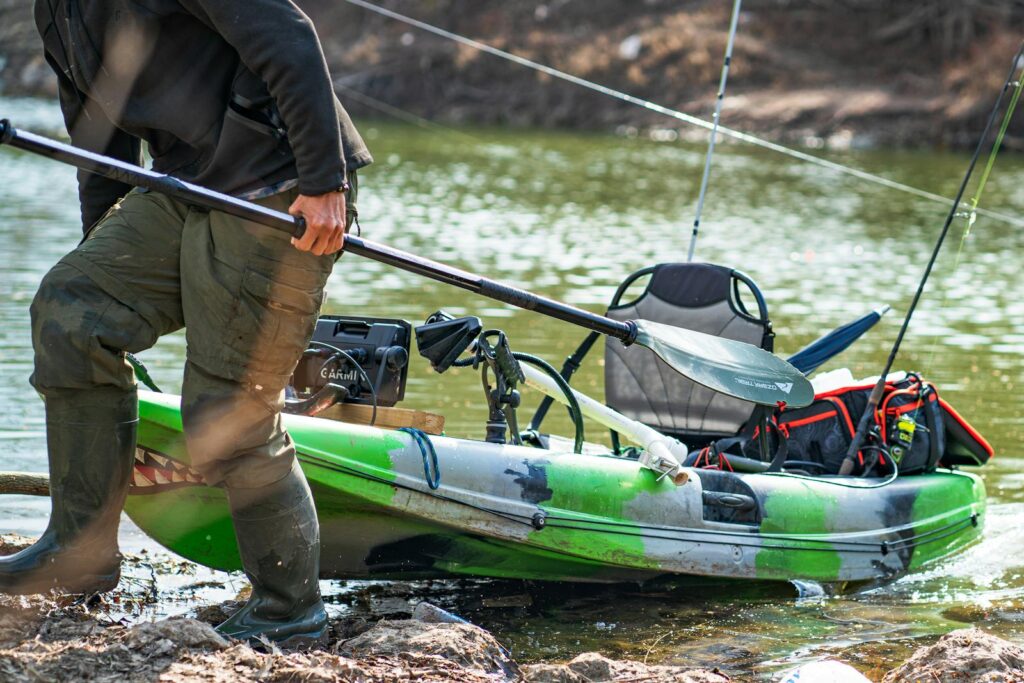
Modern kayak fishing often incorporates multiple electronic devices that require thoughtful integration and protection. Waterproof cases and dry bags provide essential protection for smartphones and GPS units when not in active use. For mounted electronics, consider RAM mounts or similar systems that allow quick removal when transporting or during inclement weather. Cable management represents a critical but often overlooked aspect of electronics installation—using marine-grade cable glands for hull penetrations and protective wire loom for exposed cables prevents damage and water intrusion.
Many advanced kayak anglers install centralized power distribution systems with waterproof connection points for multiple devices, simplifying battery management and reducing clutter. Remember that electronics mounting should never compromise safety or essential functionality—position screens where they can be viewed without distracting from paddling awareness, and ensure connections can be quickly disconnected if water conditions deteriorate.
Safety Equipment Integration
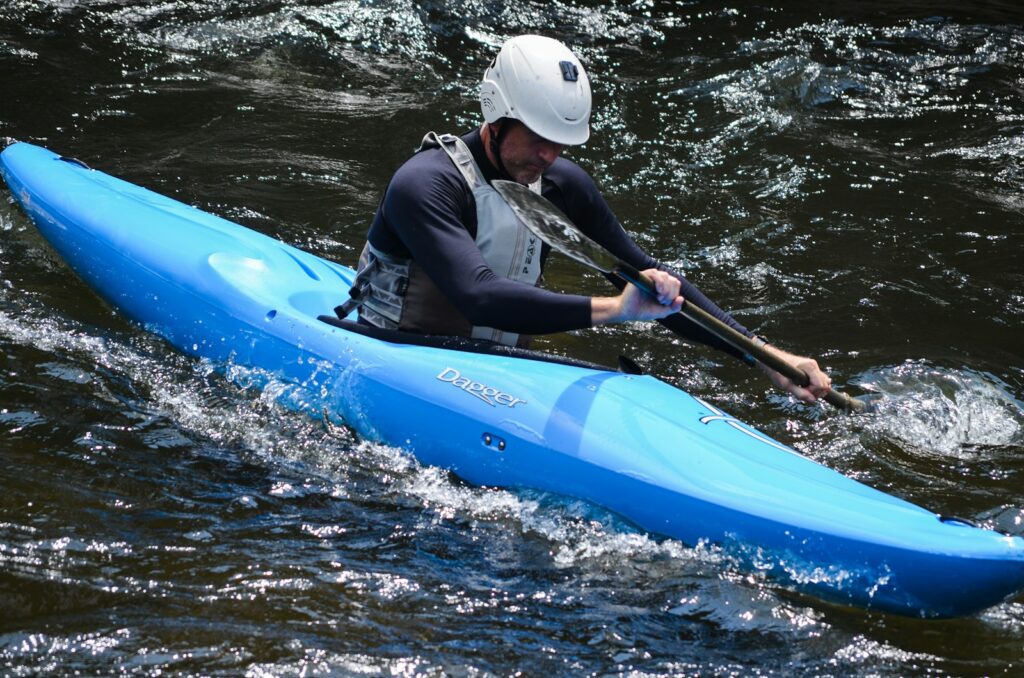
Safety equipment forms a non-negotiable component of any kayak fishing setup, requiring thoughtful integration that ensures accessibility during emergencies. Personal flotation devices (PFDs) designed specifically for fishing feature multiple pockets for tools and accessories without compromising safety functionality. Visibility aids including flags on elevated poles and 360-degree lights dramatically improve your detectability by larger vessels, especially in low-light conditions. Quick-access knife mounts positioned within reach of both hands provide critical entanglement protection.
Emergency communication devices like waterproof VHF radios or satellite messengers should be mounted in protective cases but remain readily accessible. A properly rigged kayak incorporates these safety elements as integral components rather than afterthoughts—the best safety equipment serves dual purposes, enhancing both fishing functionality and emergency preparedness without cluttering your limited space.
Maintenance Considerations for Rigged Kayaks

A well-rigged fishing kayak represents a significant investment requiring proper maintenance to preserve functionality and value. After saltwater use, thoroughly rinse all components, paying special attention to metal hardware, electronic connections, and moving parts that can suffer corrosion damage. Regularly inspect all mounting hardware for signs of loosening or wear, as the vibration of regular use can gradually affect even properly installed components. Apply UV protectant to plastic surfaces and covers for electronics and seats to prevent sun damage and color fading.
Consider creating a maintenance schedule that includes monthly inspection of all through-hull fittings and connections, quarterly evaluation of electrical systems, and seasonal deep cleaning of areas that accumulate fishing debris. Properly maintained rigging not only lasts longer but also performs more reliably when you need it most—during that once-in-a-lifetime fishing opportunity.
conclusion
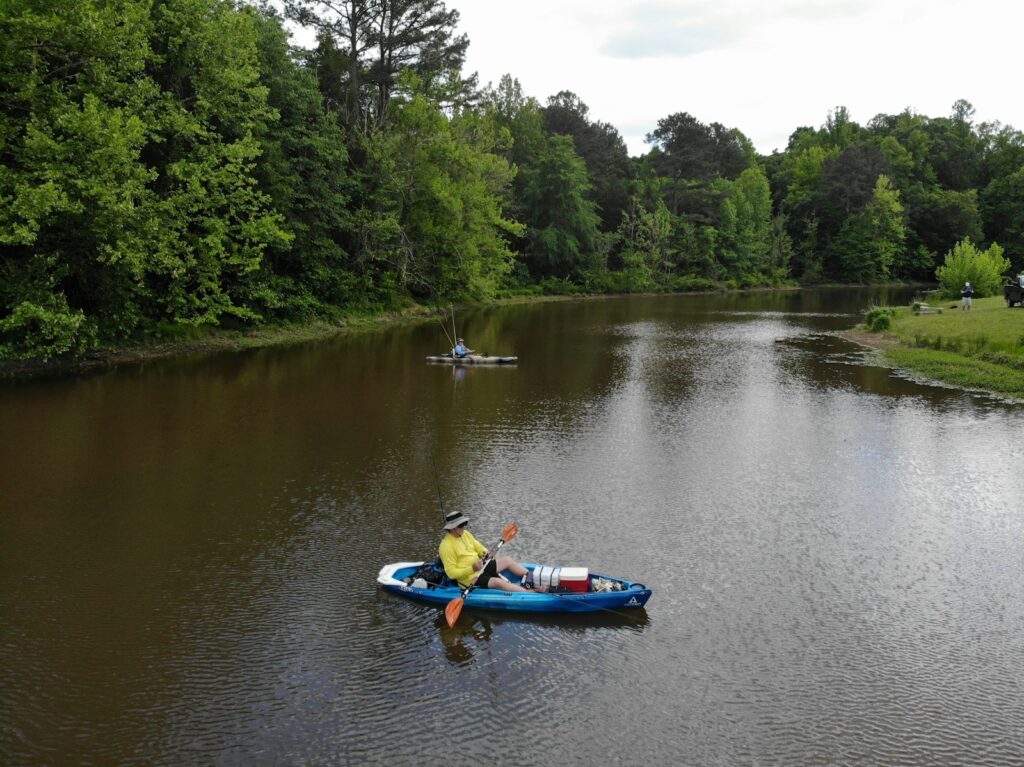
Transforming a basic kayak into a specialized fishing vessel requires thoughtful planning, quality components, and strategic installation. The perfect rigging setup evolves over time as you discover your specific fishing preferences and needs on the water. Start with essential elements like rod holders, anchor systems, and safety equipment, then gradually add specialized components as your experience grows. Remember that the ultimate goal of kayak rigging isn’t creating the most accessorized vessel, but rather crafting a personalized fishing platform that enhances your specific fishing style while maintaining the paddling performance and simplicity that makes kayak fishing so appealing.
With proper rigging, your kayak becomes more than transportation—it transforms into a stealthy, efficient fishing platform that can access waters and experiences unavailable to larger vessels.
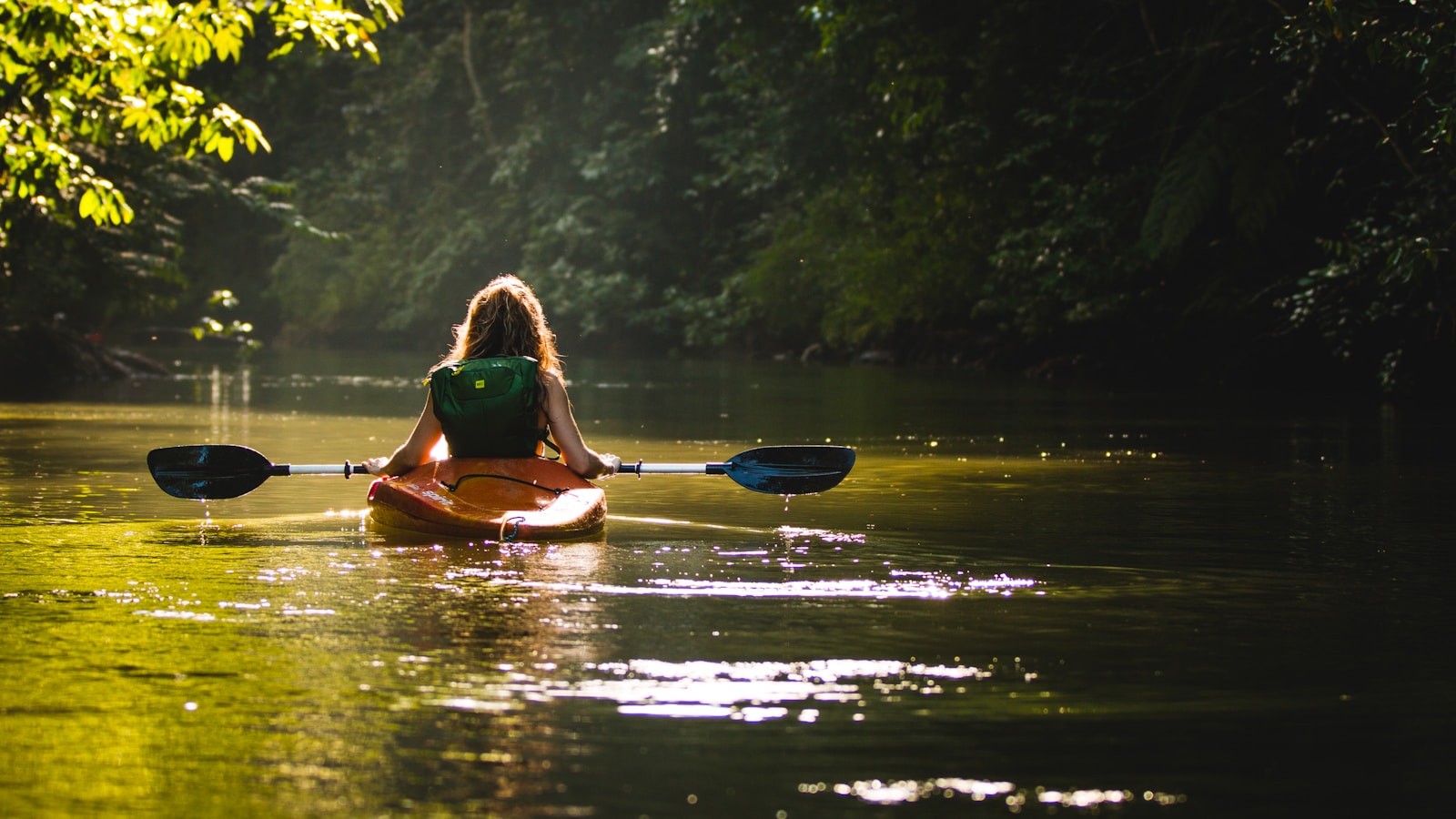

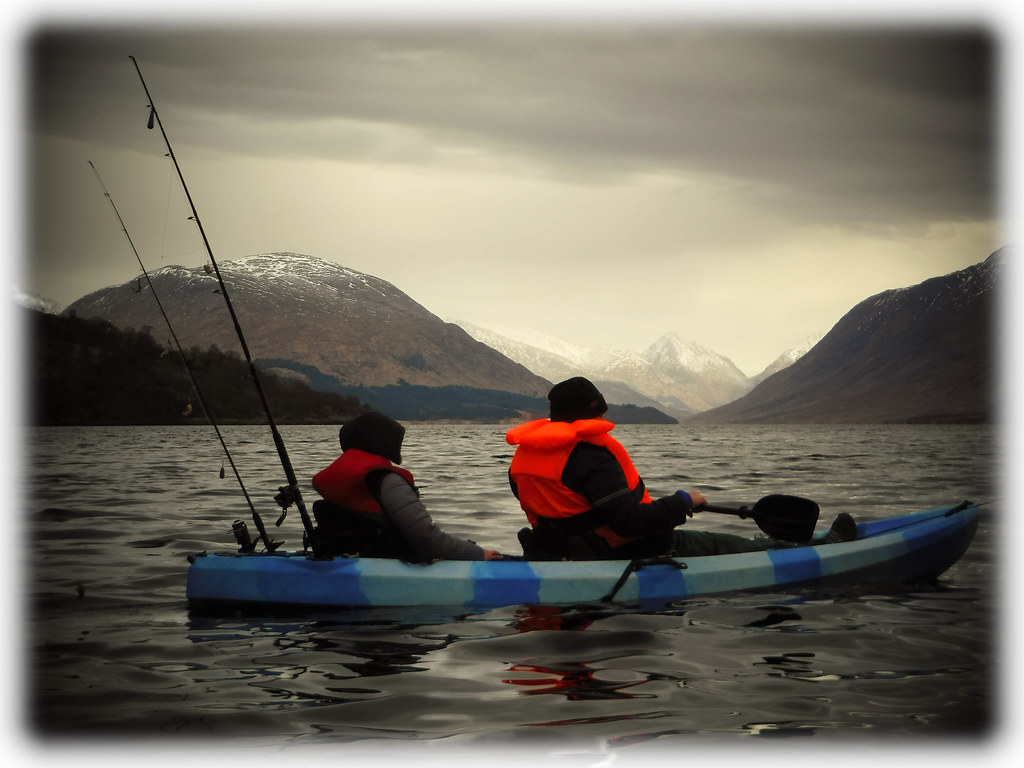











Post Comment